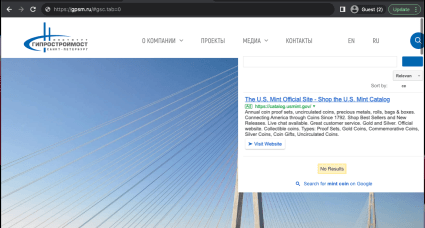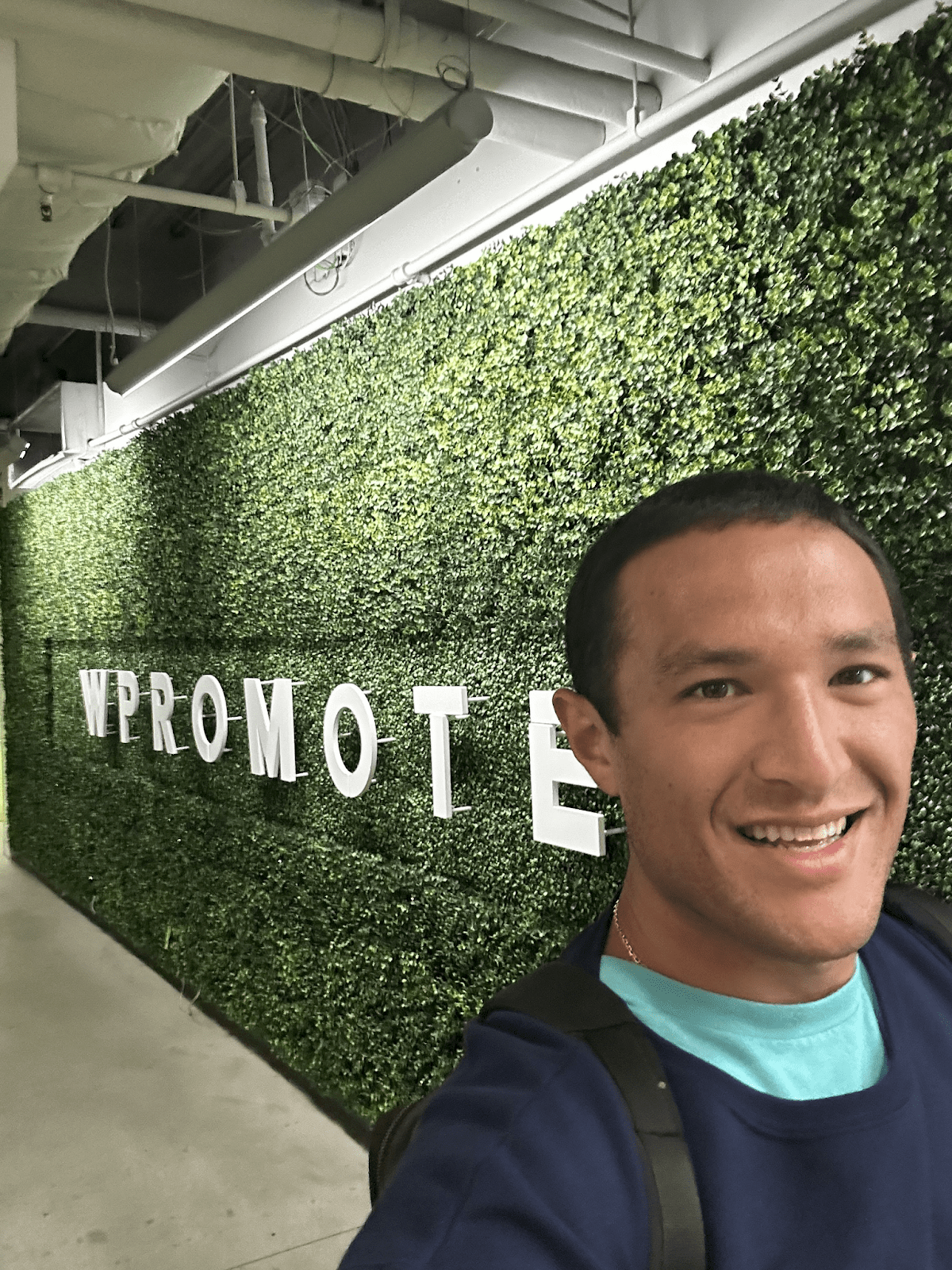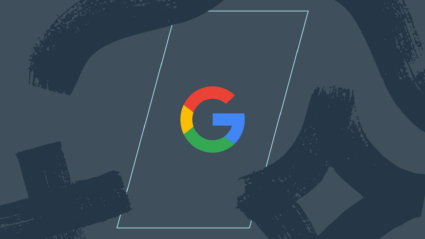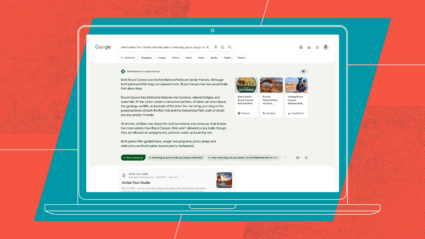Adalytics, a third-party advertising performance optimization platform, made a splash in the search marketing world when they released research revealing that Google search ads were being displayed on a range of sites not owned by Google, including sites with pornographic and pirated content and sites in countries under sanctions by the US.
This news only adds to concerns marketers have long had about AI-powered advertising tools like Performance Max (PMax). With automated advertising, brands have less control over where their ads are placed, which can be frightening for marketers used to choosing exactly where their ads run.
AI-powered tools can unlock amazing efficiency and power, but they come with trade-offs that can impact brand safety–and that’s a bigger concern than ever. So what can you do to keep your brand safe while getting the benefits of these new AI capabilities?
What you need to know about Google’s Search Partner Network
As part of the Google Search Partner Network (SPN), search ads can appear on non-Google websites, including other search engines like Ask.com, search results on sites like Walmart or Target, and other partner websites. Google shares a portion of its advertising revenue with these properties to expand advertiser reach beyond Google-owned sites.
According to the Adalytics report, there are more than 36,000 websites in the Google SPN that are eligible for advertising. Adalytics flagged that 390 of these were pornographic and four belonged to entities sanctioned by the US government.

Source: Adalytics
Google says that the group misrepresented and exaggerated their findings. But the search giant has made changes in response to the report anyway.
Google is temporarily allowing brands to opt out of SPN for all campaign types, including PMax and App Campaigns, after some brands threatened to pull ad spend if Google didn’t address the issue.
These actions suggest that there’s some reason to be concerned, but it’s not clear how big of an issue these ad placements are. The ads running on potentially problematic sites seem to be a small portion of the ads running on PMax or App Campaigns. According to data Google shared with Adweek, more than 90% of SPN impressions went to top 100 sites like YouTube over the past month. Still, some brands–especially those in more sensitive industries–may have valid concerns about brand safety under the current circumstances.
What you can do right now to address the risk
Whether the Adalytics report is accurate or not, there are steps advertisers can take to ensure maximum brand safety and strong performance when using SPN with Google Ads.
One option is to check performance and volume between partner and non-partner sites (you can do this by opening Reports or Segment by Network in Google Ads). If a significant amount of traffic is going towards partner sites without converting, it may be worth opting certain campaigns out of the SPN.
You can also use a conversion-based bid strategy like max conversions or max conversion value that optimizes search or PMax campaigns towards a target CPA or ROAS. This will help maintain performance and efficiency by only leveraging placements with a chance of achieving your conversion goals, eliminating wasteful spend and any unsavory ad placements.
When it comes to SPN, brands can now opt out of the network entirely on either search or PMax campaigns. In the past, disabling SPN in a PMax campaign was less straightforward, but from December 1, 2023-March 1, 2024 Google is offering opt-out options as a short-term mitigation measure.
Google also plans to add more controls to prevent this kind of problem in the future, like giving notice before enabling customers on SPN via PMax and App Campaigns.
But there are some limits to the choices brands get when it comes to campaigns: right now, there’s no way to see the specific SPN sites your ads are appearing on. You can’t exclude specific sites or set bid adjustments for SPN sites vs. Google placements, either.
What advertisers need from Google in the future
Now that you know what you can do to protect your brand in the short term, we need to think about longer-term solutions. Advertisers place a lot of trust in Google when it comes to automated campaigns, and it’s no surprise that they’re looking for more transparency and control when it comes to where their ads are placed. Google can and should make updates to address these brand safety concerns.
Google should give advertisers placement reports for SPN so they can see which SPN websites their ads appeared on, along with engagement metrics for each site.
Brands will get a better understanding of where their engaged audiences are and which ads are performing best on different sites. It would also unlock important insights for brands that want to avoid being featured on certain SPN websites.
Once advertisers can see which sites their ads are appearing on, they should also be able to exclude certain sites or categories of sites (like mature sites). Controls and exclusions for SPN sites would go a long way toward putting marketers’ fears to rest when it comes to where automated tools.
Google should also make the temporary option for brands to opt out of SPN on PMax permanent. PMax is an amazing tool for marketers, but the current lack of transparency and the inability to opt out makes it inaccessible for certain brands. Giving advertisers a permanent choice about SPN would be a game changer for any brand looking to try out automated search advertising.
Want to get ready for the AI revolution in search? Our white paper, The Game-Changing Power of AI has the secrets you need to win the future of search.







Responses